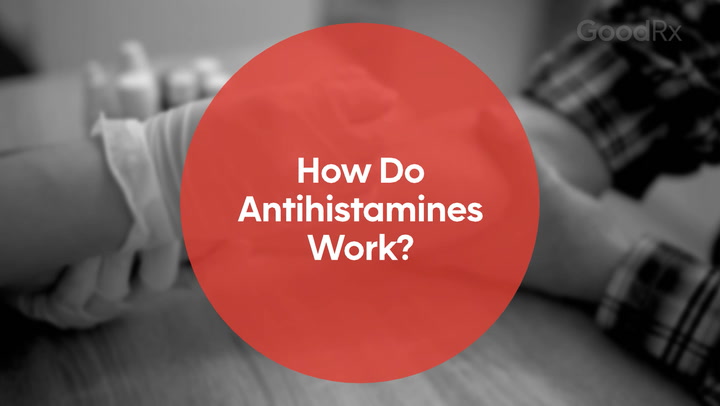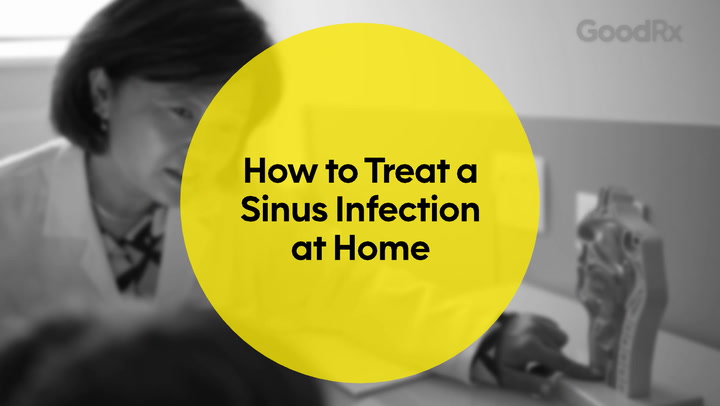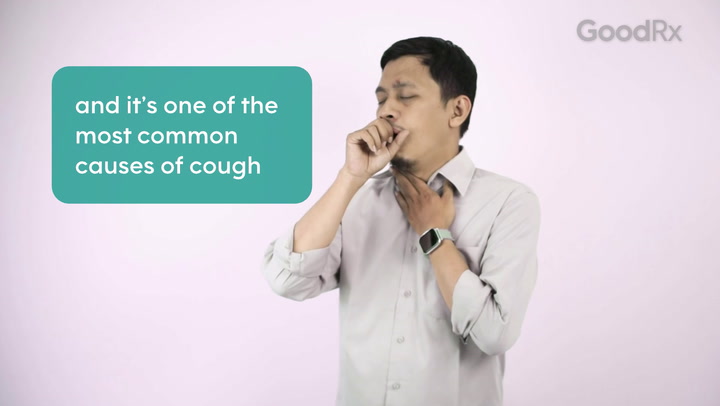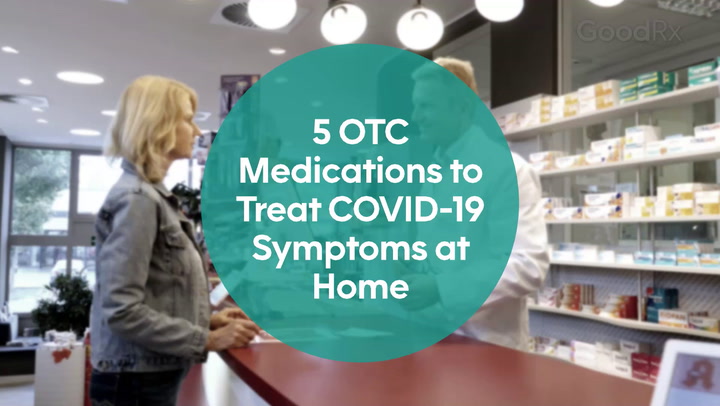
10 Pseudoephedrine (Sudafed) Interactions You Should Know About
Key takeaways:
Pseudoephedrine (Sudafed) is an oral decongestant used to treat nasal congestion. It’s kept behind the counter at the pharmacy.
Pseudoephedrine can interact with medications and substances that affect the brain. These include alcohol, tricyclic antidepressants, and caffeine. If needed, your prescriber or pharmacist can help suggest a safer alternative.
Pseudoephedrine can safely be combined with many common over-the-counter pain relievers. These include ibuprofen (Advil, Motrin) and acetaminophen (Tylenol).
Access savings on related medications
Table of contents

When you have a stuffy nose, you might reach for pseudoephedrine (Sudafed). This medication can help clear your sinuses. You can find it on its own and in cough and cold products for multisymptom relief. But when you take it with other medications or substances such as alcohol, you might be at risk for serious side effects.
Besides being a decongestant, pseudoephedrine has stimulant effects. This can include faster heartbeat, higher blood pressure, and trouble sleeping. Combining it with antidepressants, headache medications, and caffeine can make these worse.
Pseudoephedrine is available behind the counter at pharmacies. So ask your pharmacist about interactions before making your purchase. Although this list is not complete, here are 10 notable pseudoephedrine interactions.
1. Alcohol
Drinking alcohol can have a variety of effects on the body. If you drink too much alcohol, you may experience blurry vision, slurred words, and poor coordination. These may not be present if you drink alcohol while taking pseudoephedrine. In this case, you may not realize if you’re intoxicated.
Alcohol can also worsen the symptoms of the condition you’re treating with pseudoephedrine. For example, alcohol can weaken your immune system, which isn’t ideal if you’re fighting an illness. And certain ingredients in alcohol can make allergies worse. So it’s best to avoid alcohol while taking pseudoephedrine.
How to relieve a stuffy nose: Experts cover what actually works for sinus congestion and pain, from medications to home remedies.
How long to take Sudafed: Whether your congestion is from a cold or allergies, decongestants can help provide fast relief. Here’s how long you can safely take them.
Mistakes to avoid: Decongestants can be a convenient option for a stuffy nose. Learn how to avoid common mistakes people make while taking them.
2. Monoamine oxidase inhibitors (MAOIs)
Monoamine oxidase inhibitors (MAOIs) are older medications FDA approved to treat depression. Some are also used to manage symptoms of Parkinson’s disease. Examples of MAOIs include rasagiline (Azilect), selegiline (Zelapar, Emsam), phenelzine (Nardil).
Compared with other antidepressants, MAOIs aren’t as common. This is because they have many interactions, side effects, and dietary restrictions.
Pseudoephedrine can have a serious interaction with MAOIs. Combining them can cause very high blood pressure. If you’re taking an MAOI, you shouldn’t take pseudoephedrine. Your prescriber or pharmacist can help you find a safer alternative.
Keep in mind: Even if you’re no longer taking an MAOI, you may need to wait before taking pseudoephedrine. These medications should be separated by at least 14 days.
3. Linezolid
Linezolid (Zyvox) is an antibiotic. It treats a variety of bacterial infections. These include skin infections and pneumonia.
Even though linezolid is an antibiotic, its properties are similar to MAOIs. It can interact with pseudoephedrine in a similar way and cause very high blood pressure. Avoid this combination if possible.
4. Tricyclic antidepressants (TCAs)
Tricyclic antidepressants (TCAs) can treat depression and anxiety. Some also treat insomnia and prevent migraines. Examples include amitriptyline, imipramine, and nortriptyline (Pamelor).
TCAs make certain chemicals more available in your brain. One of these chemicals, norepinephrine, can increase your heart rate and blood pressure. Combining TCAs with pseudoephedrine can cause high blood pressure and an irregular heartbeat.
If you’re taking a TCA, it’s best to avoid pseudoephedrine. Check with your prescriber or pharmacist about a safer alternative.
5. Ergot derivatives
Ergot derivatives treat migraines, Parkinson’s disease, Type 2 diabetes, and other conditions. Examples include dihydroergotamine (Migranal, Trudhesa), ergotamine (Ergomar), and bromocriptine (Parlodel, Cycloset).
Combining ergot derivatives and pseudoephedrine can cause a dangerous rise in blood pressure. It’s best to avoid this combination.
6. Phentermine
Phentermine (Adipex-P, Lomaira) is an oral weight-loss medication. It works on the brain to suppress your appetite. But it can also cause other stimulant effects, such as high blood pressure and a fast heartbeat.
Phentermine can interact with pseudoephedrine, as can other appetite suppressants. This interaction can cause your blood pressure and heart rate to increase. It’s best to avoid this combination.
7. Phenylephrine
Phenylephrine (Sudafed PE) is another decongestant option. But some stores have stopped selling it since it was found to be ineffective.
Pseudoephedrine and phenylephrine work in a similar way. And they have similar side effects. But taking both may increase your chances of side effects without more symptom relief. You should avoid taking phenylephrine with pseudoephedrine.
Keep in mind that some over-the-counter (OTC) combination products may contain phenylephrine. For example, some DayQuil products have phenylephrine, but NyQuil products do not. Be sure to check the label for phenylephrine. If you’re unsure whether a medication contains phenylephrine, ask your pharmacist.
8. Caffeine
Caffeine is the most common stimulant. It’s in coffee, tea, sodas, and energy drinks, among many other things. Caffeine is also available as a medication. It comes as an OTC tablet and as a prescription oral solution and injection. Caffeine is in some menstrual relief products, such as Pamprin and Diurex. It is also in migraine products such as Excedrin Migraine.
Pseudoephedrine and caffeine both have stimulant effects. This combination may increase your blood pressure and heart rate. It may also interfere with your sleep. It’s best to avoid or limit your caffeine intake while taking pseudoephedrine.
9. Digoxin
Digoxin (Lanoxin) is used to treat heart failure and heart rhythm problems. It can interact with pseudoephedrine if they are taken together. Combining digoxin and pseudoephedrine can cause increased electrical activity in the heart and abnormal heart rhythms. It’s best to avoid combining the two medications if possible.
10. Blood pressure medications
Blood pressure medications treat high blood pressure and other heart conditions. Examples include amlodipine (Norvasc, Katerzia), lisinopril (Zestril, Qbrelis), and metoprolol (Lopressor, Toprol XL). Pseudoephedrine may counteract the blood pressure-lowering effects of these medications.
It’s best to avoid taking pseudoephedrine with blood pressure medication. But in some cases, your prescriber may say it’s OK to take it for a short period of time. Ask them before taking it.
Your healthcare team can suggest safer options. Coricidin HBP is a line of decongestant-free OTC cold and flu medications for people with high blood pressure. There are also home remedies that you can try, such as nasal saline rinses and a warm compress.
Frequently asked questions about pseudoephedrine interactions
You may also have questions about taking pseudoephedrine with other medications. Here are some common questions about pseudoephedrine interactions.
There aren’t any known interactions between Mucinex (guaifenesin) and pseudoephedrine. In fact, they are available in a combination product called Mucinex D. Guaifenesin can treat chest congestion by loosening up mucus in the airways. Pseudoephedrine can help with nasal congestion.
Keep in mind that Mucinex is a line of OTC products. Some Mucinex products contain only guaifenesin. Others include other medications, including phenylephrine. Be sure to read the product label closely before taking it.
It is safe to take most OTC pain relievers with pseudoephedrine. This includes nonsteroidal anti-inflammatory drugs such as ibuprofen (Advil, Motrin), naproxen (Aleve), and aspirin. Acetaminophen (Tylenol) is another OTC pain reliever that can be combined with pseudoephedrine.
There are no known serious interactions with these combinations. And some OTC products contain a pain reliever with pseudoephedrine. But make sure you don’t exceed the daily recommended amounts for these medications.
The bottom line
Pseudoephedrine (Sudafed) is a decongestant that interacts with some antidepressants, alcohol, and caffeine. It can also interact with phentermine (Adipex-P, Lomaira), digoxin, and blood pressure medications. Your healthcare team can help you avoid serious interactions with pseudoephedrine.
Why trust our experts?



References
DailyMed. (n.d.). Search results for: Diurex.
DailyMed. (n.d.). Search results for: Mucinex.
Endocrine Society. (2022). Adrenal hormones.
Evans, J., et al. (2024). Caffeine. StatPearls.
Fiedorowicz, J. G., et al. (2004). The role of monoamine oxidase inhibitors in current psychiatric practice. Journal of Psychiatric Practice.
Głowacka, K., et al. (2021). Pseudoephedrine—benefits and risks. International Journal of Molecular Sciences.
Reuters. (2023). CVS Health to no longer sell decongestants with phenylephrine as the only active ingredient. NBC News.
Sutton, J., et al. (2016). Linezolid-induced serotonin toxicity in a patient not taking monoamine oxidase inhibitors or serotonin receptor antagonists. Baylor University Medical Center Proceedings.
WinCo Foods. (2024). Stay Awake- caffeine tablet [package insert]. DailyMed.
Was this page helpful?
Related Articles
Browse medications
View AllResearch prescriptions and over-the-counter medications from A to Z, compare drug prices, and start saving.

























